





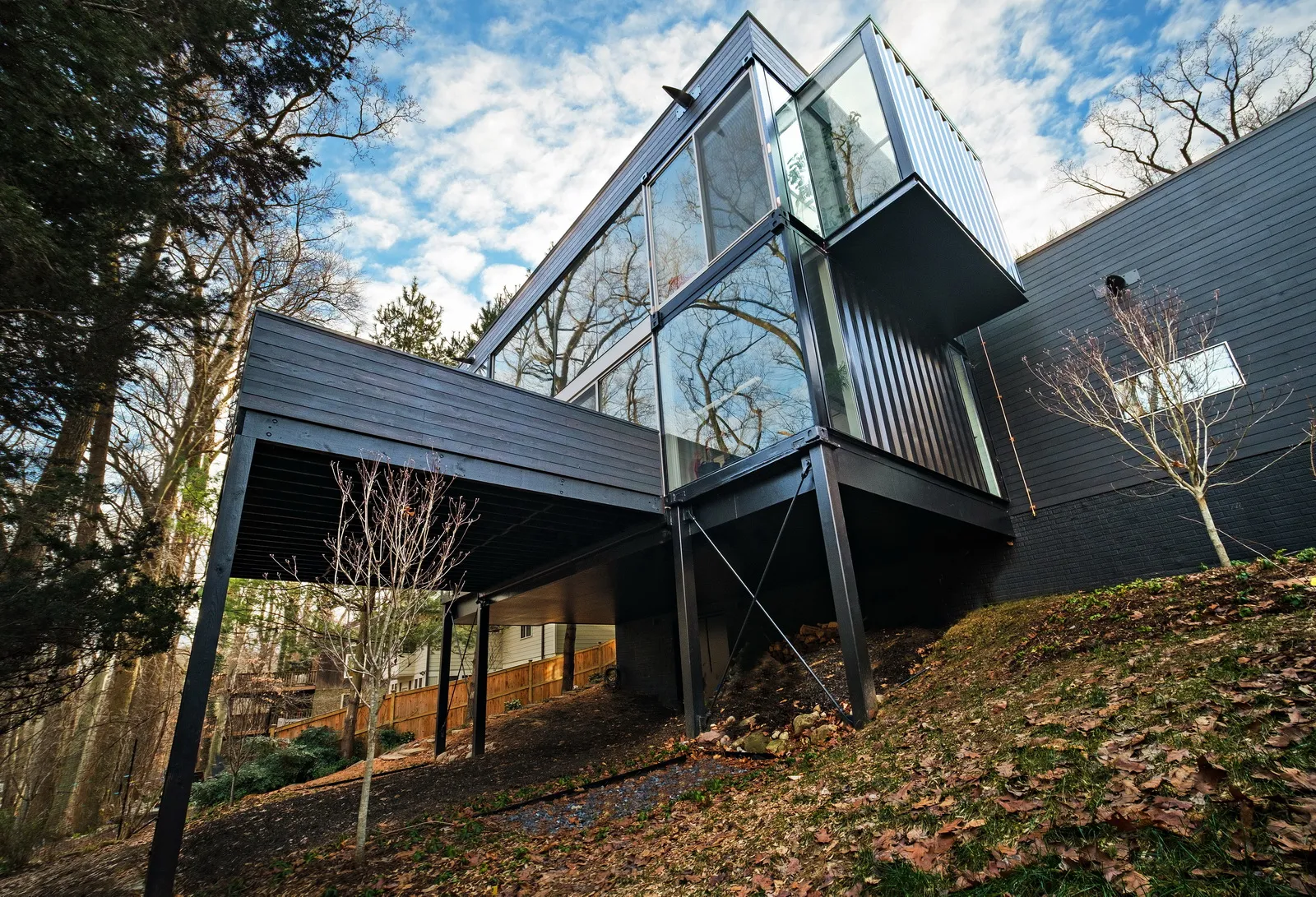
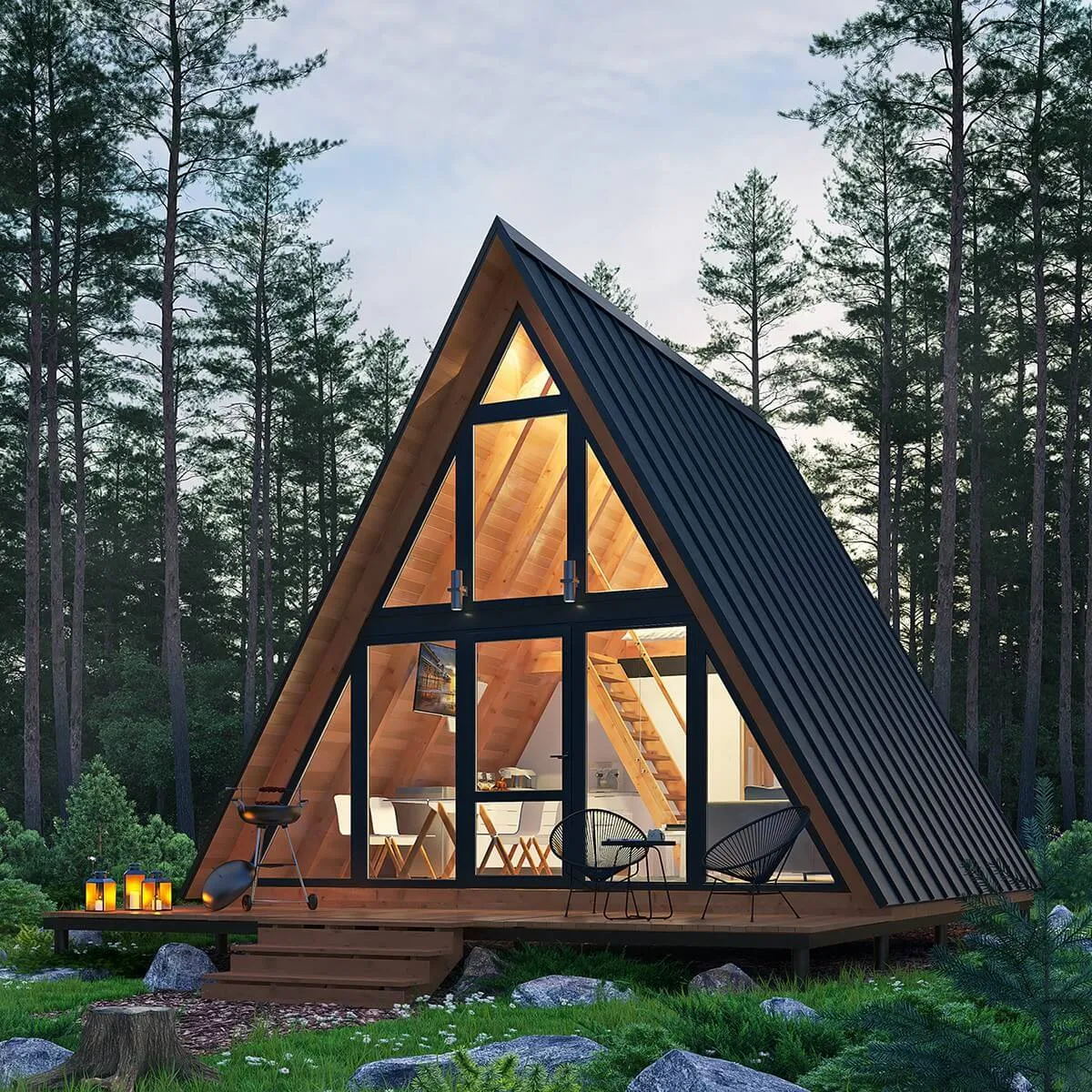
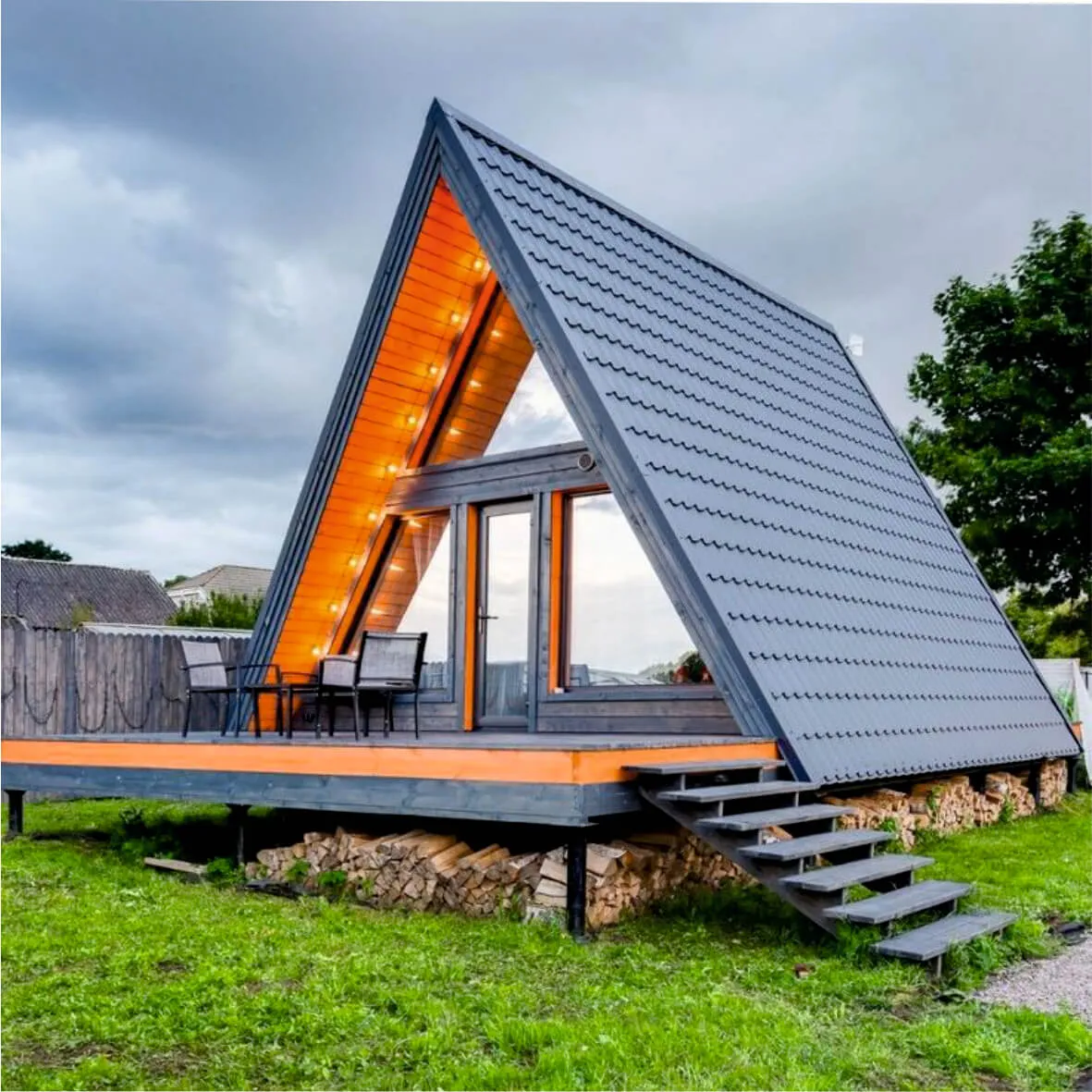
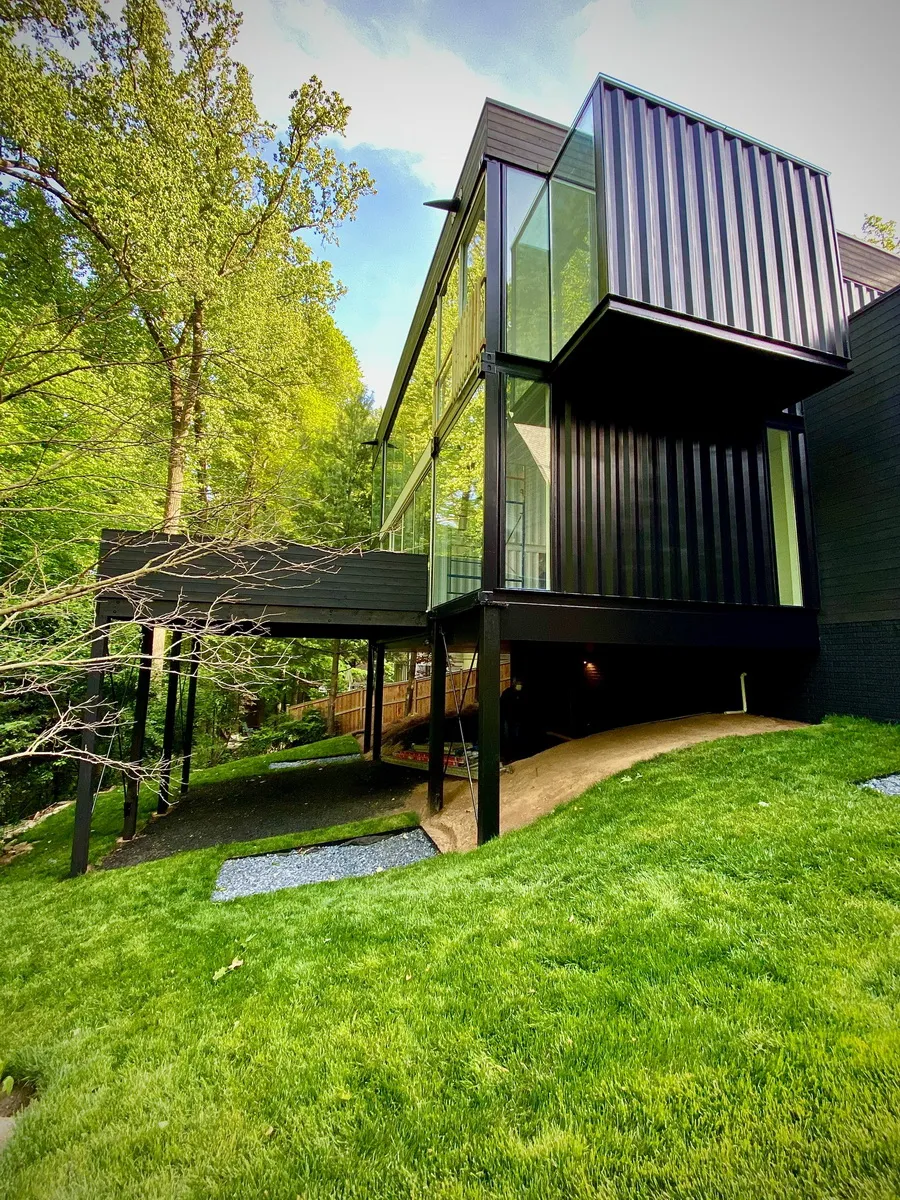
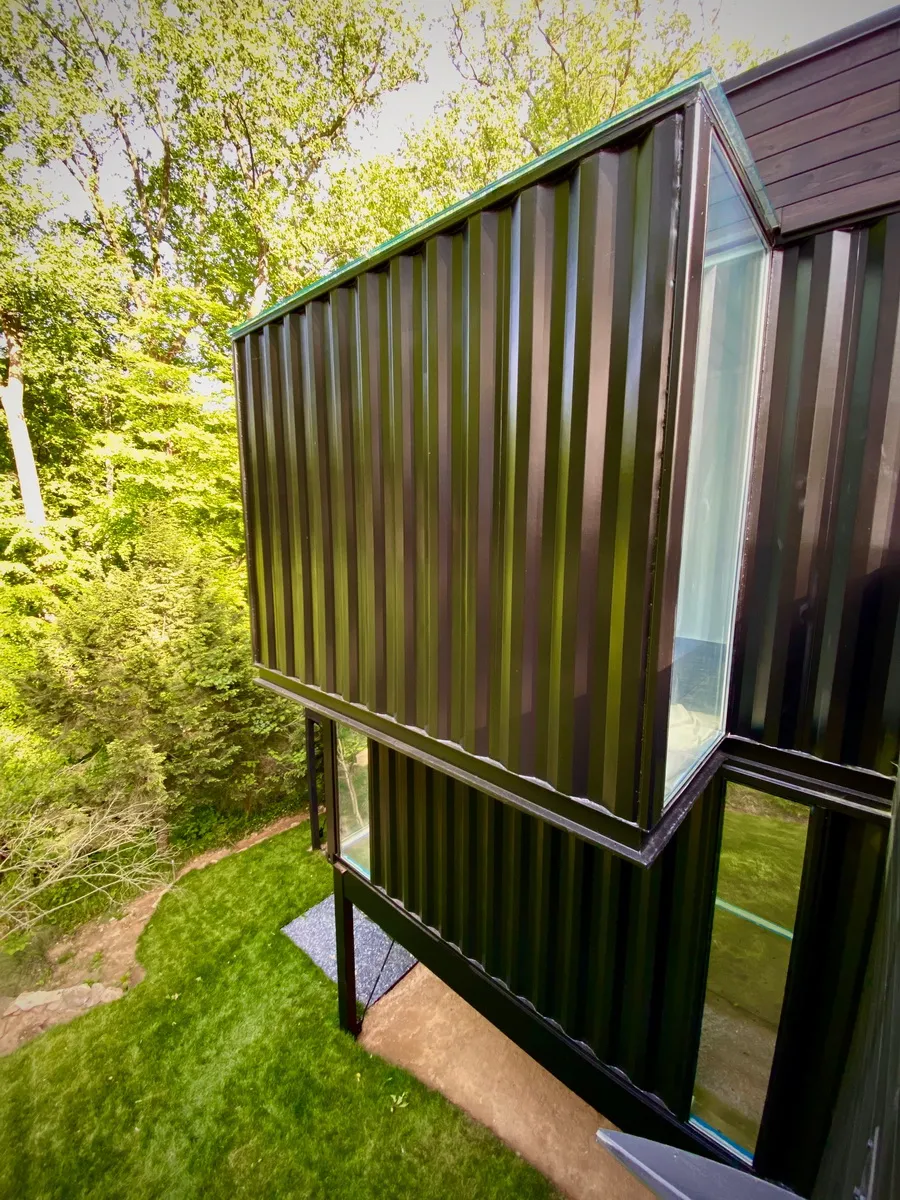
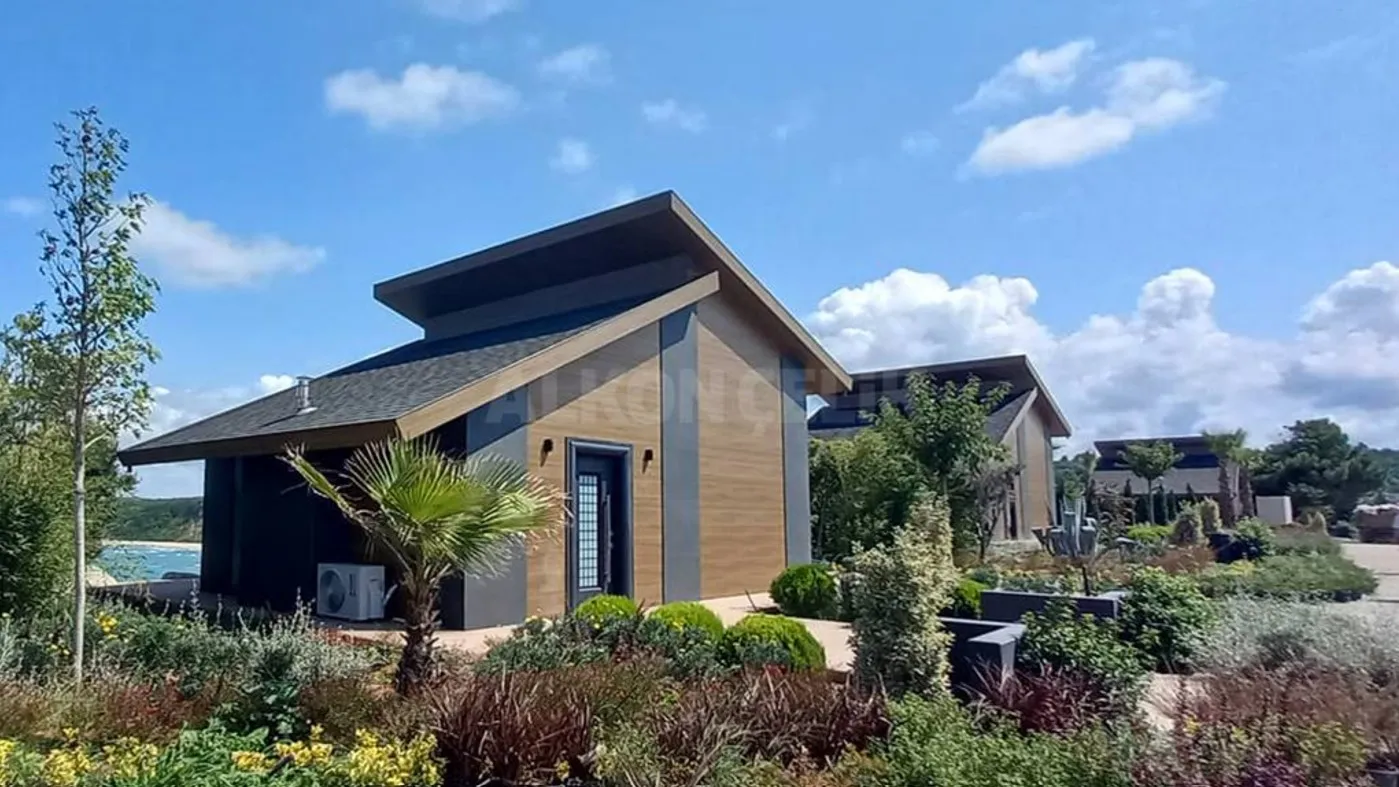
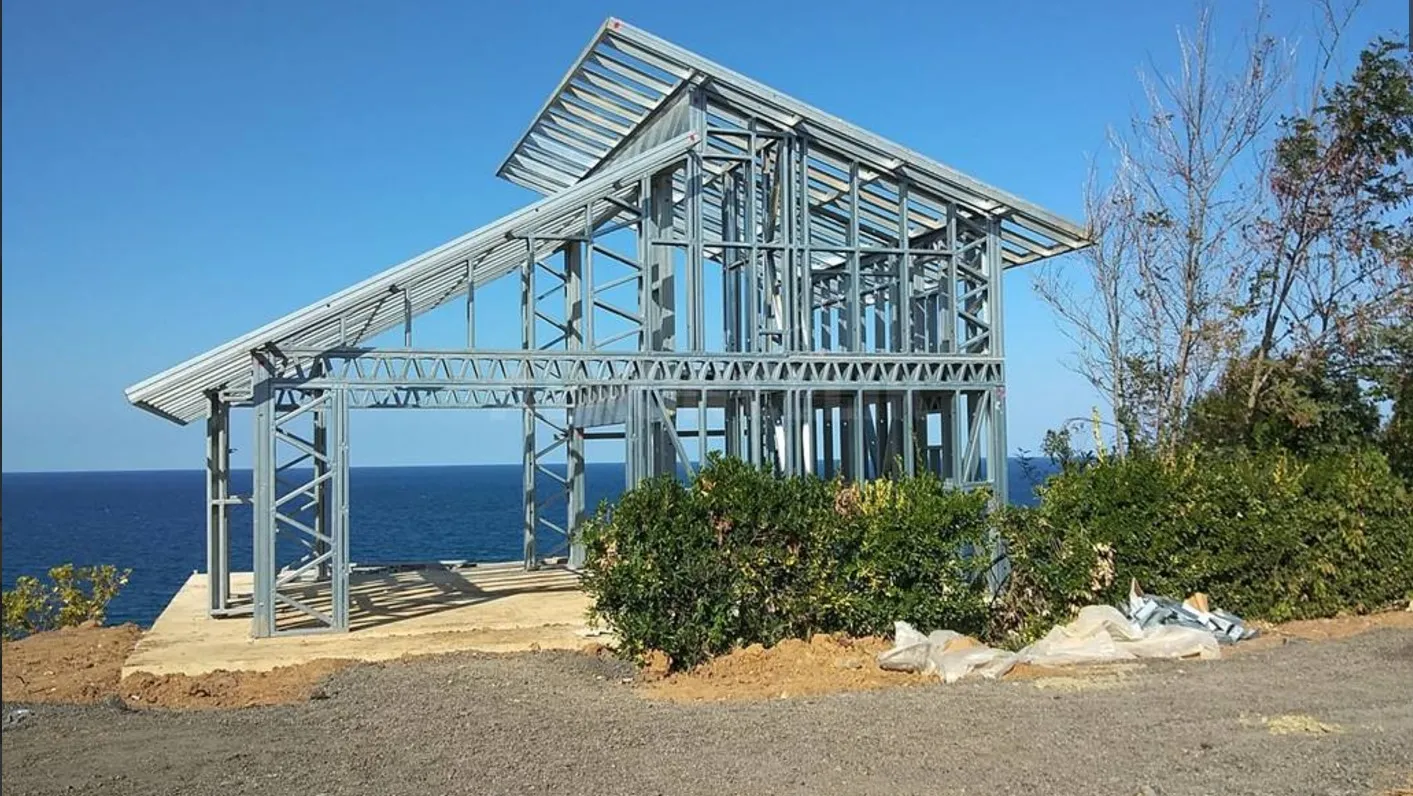
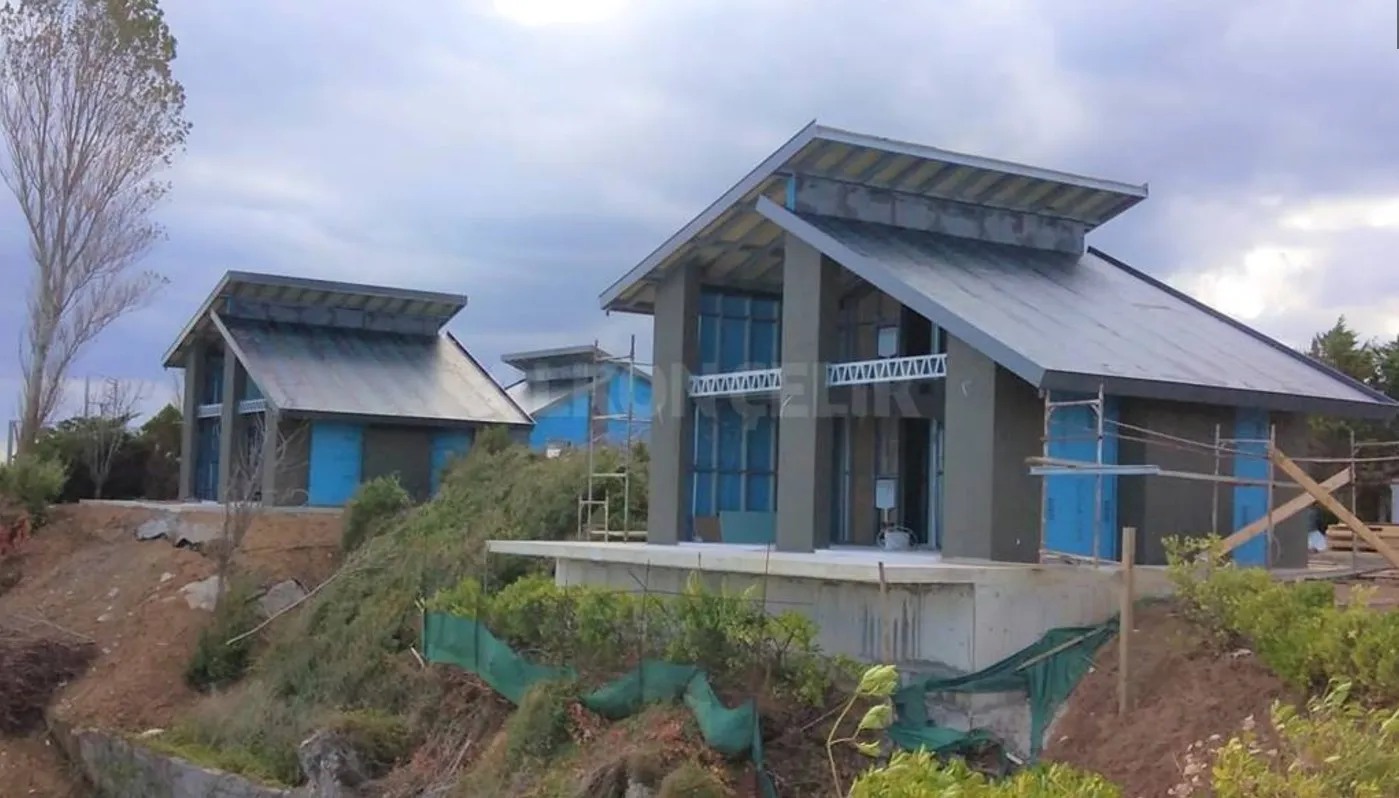
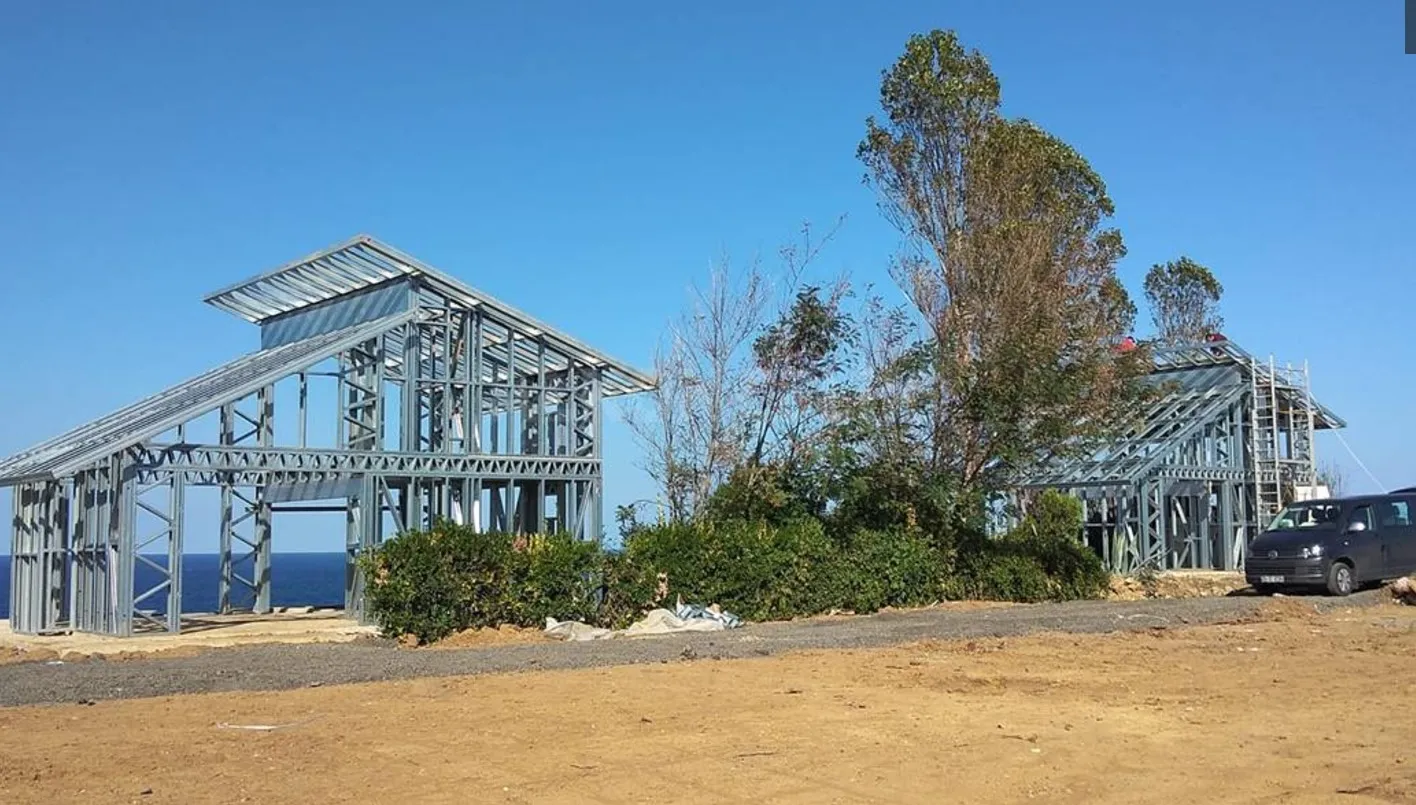

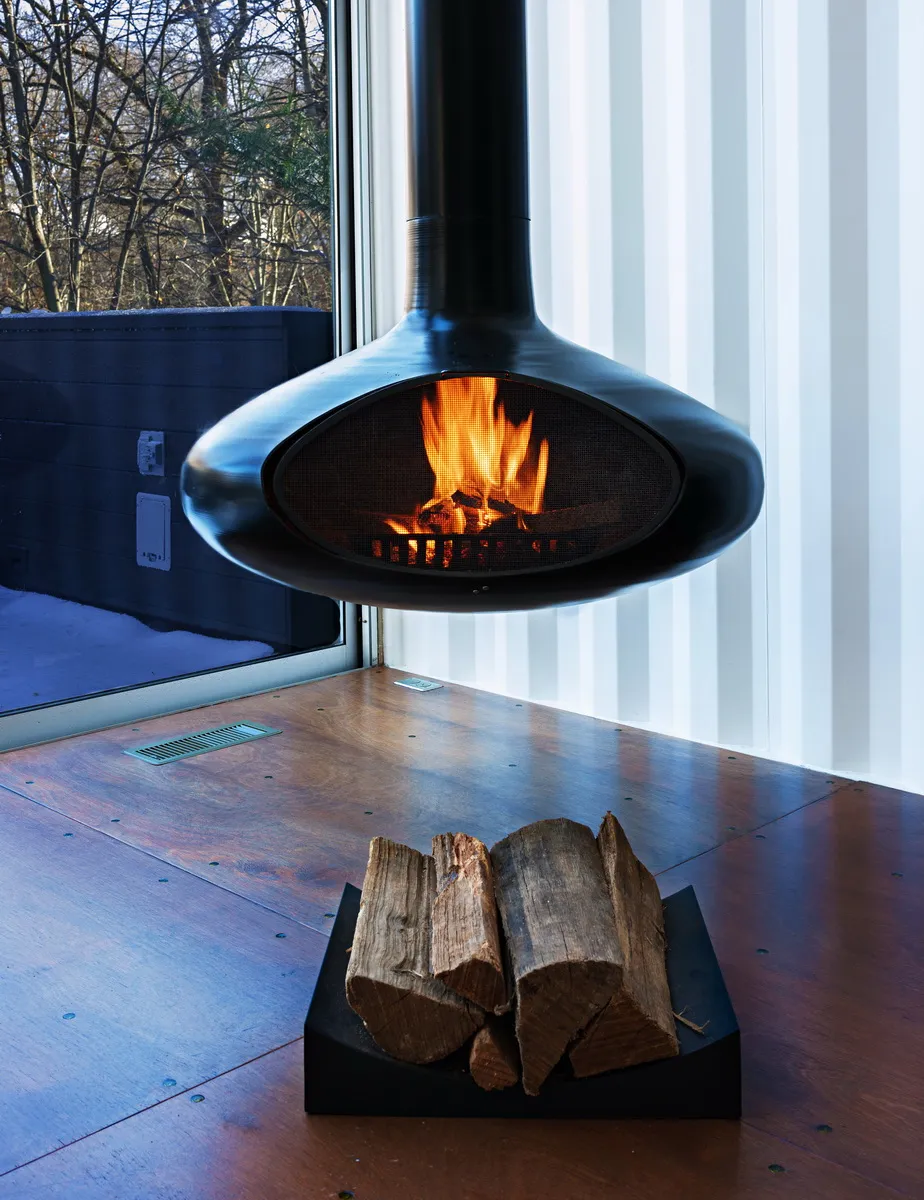
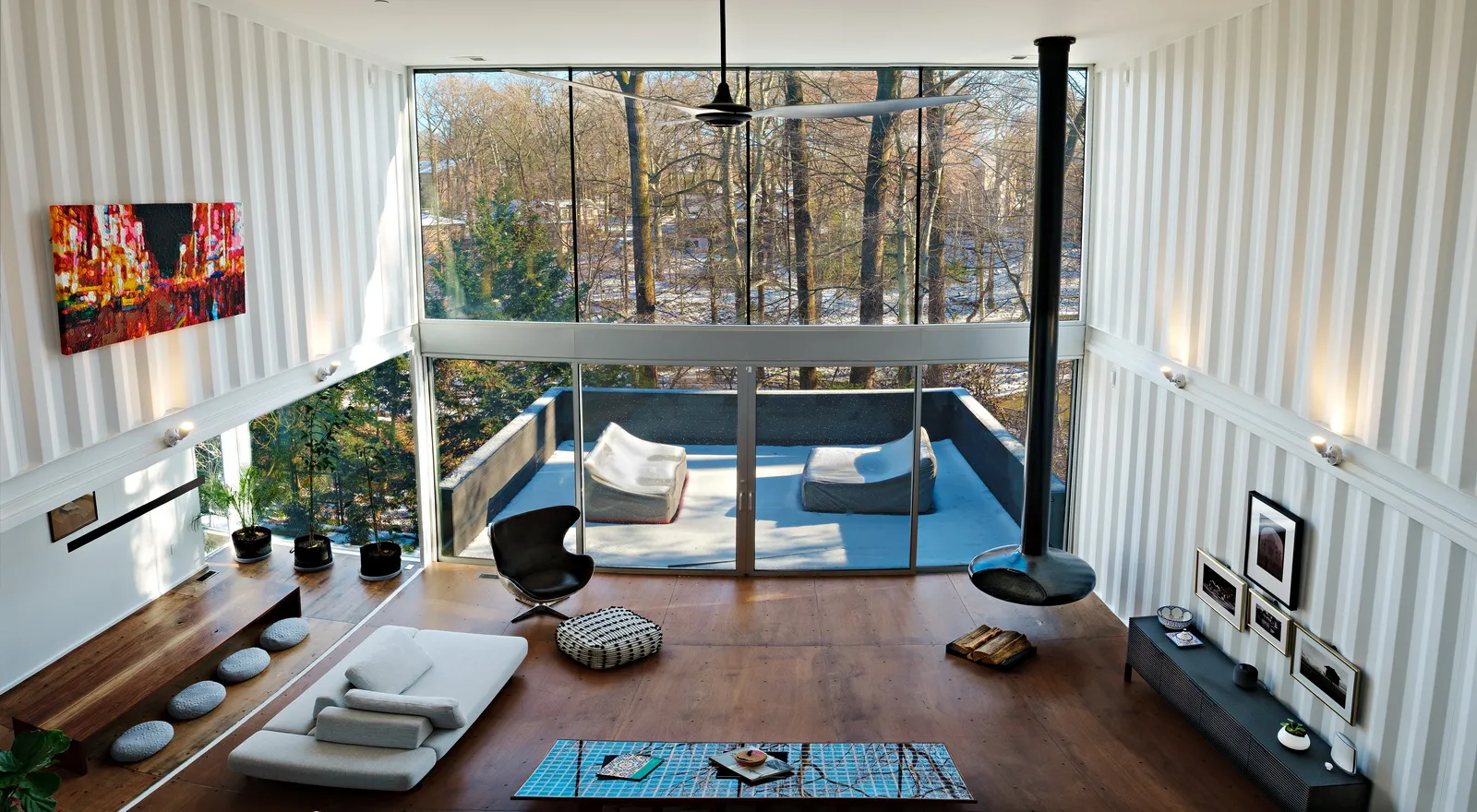
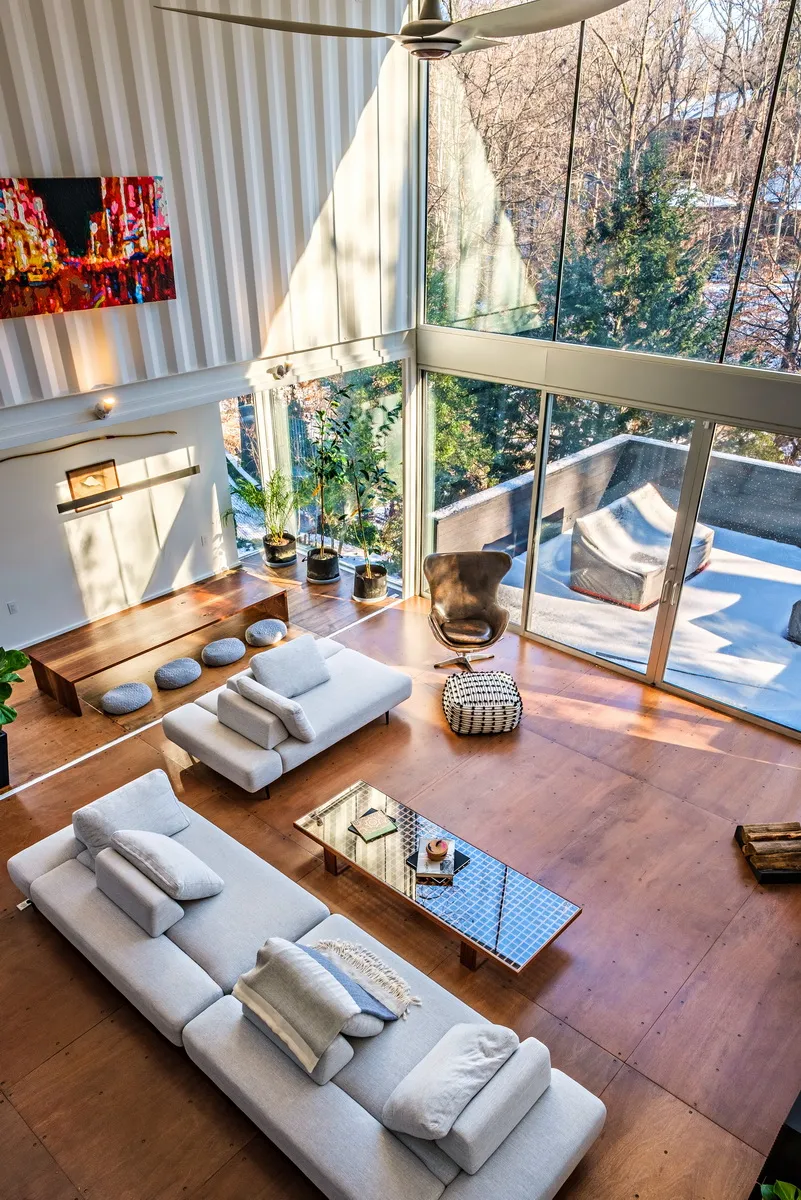


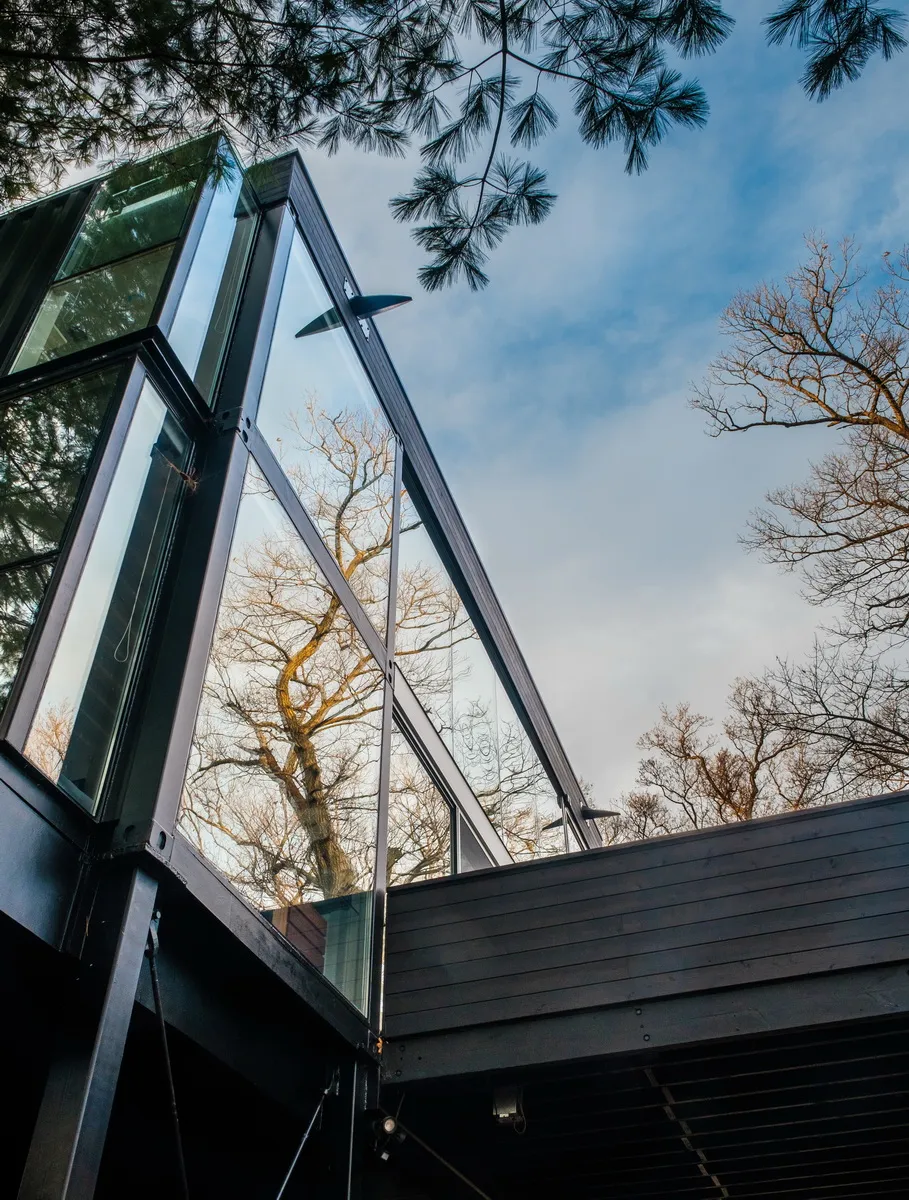

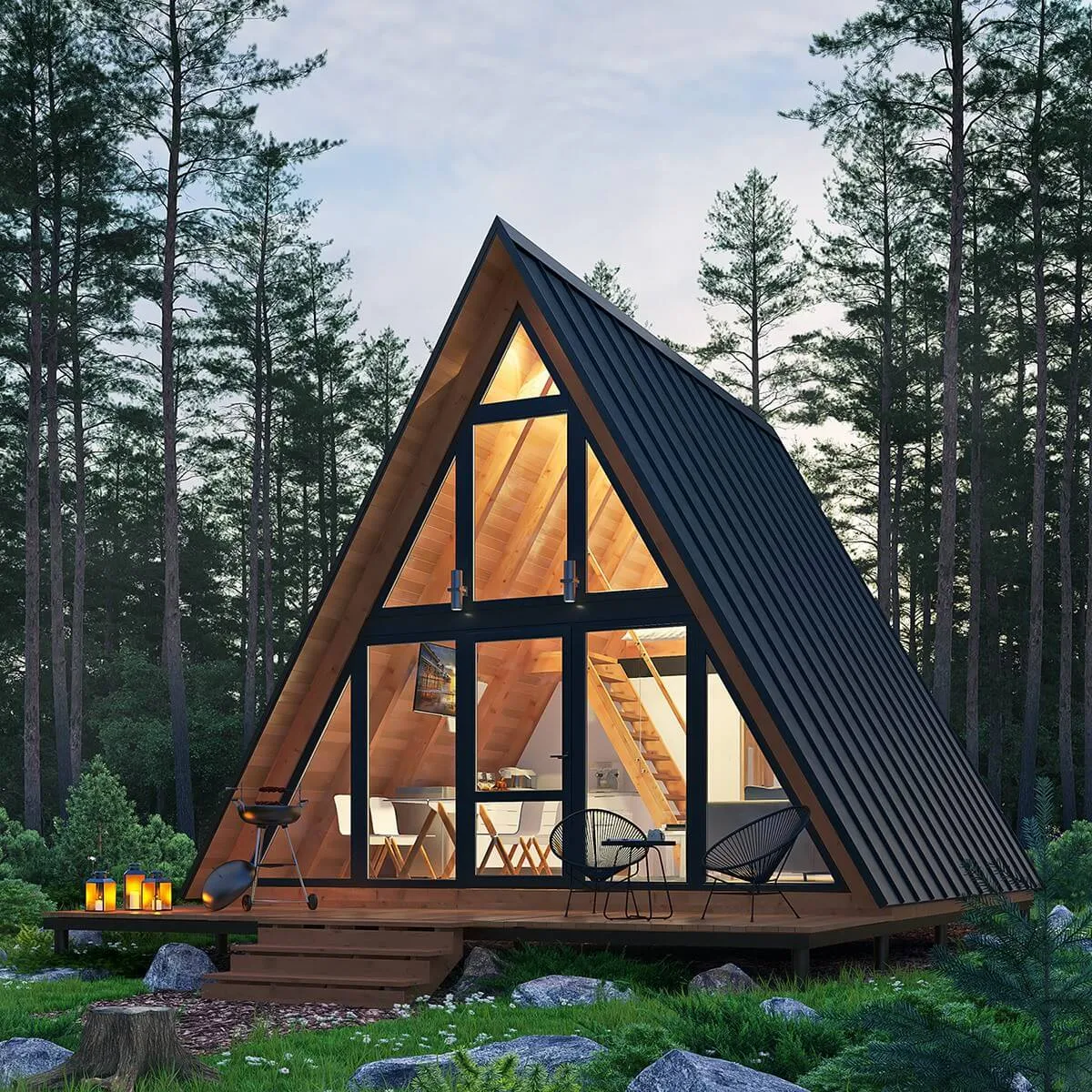
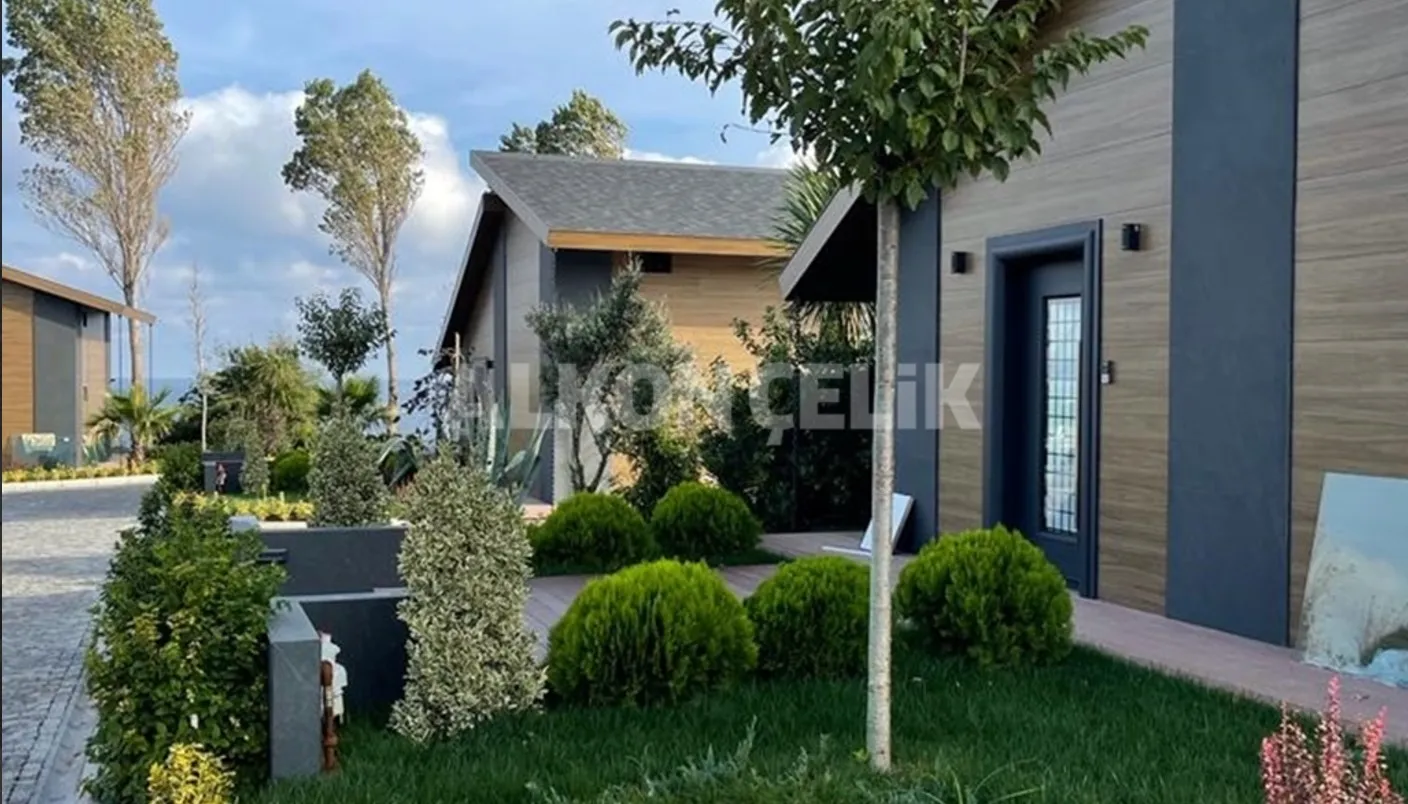
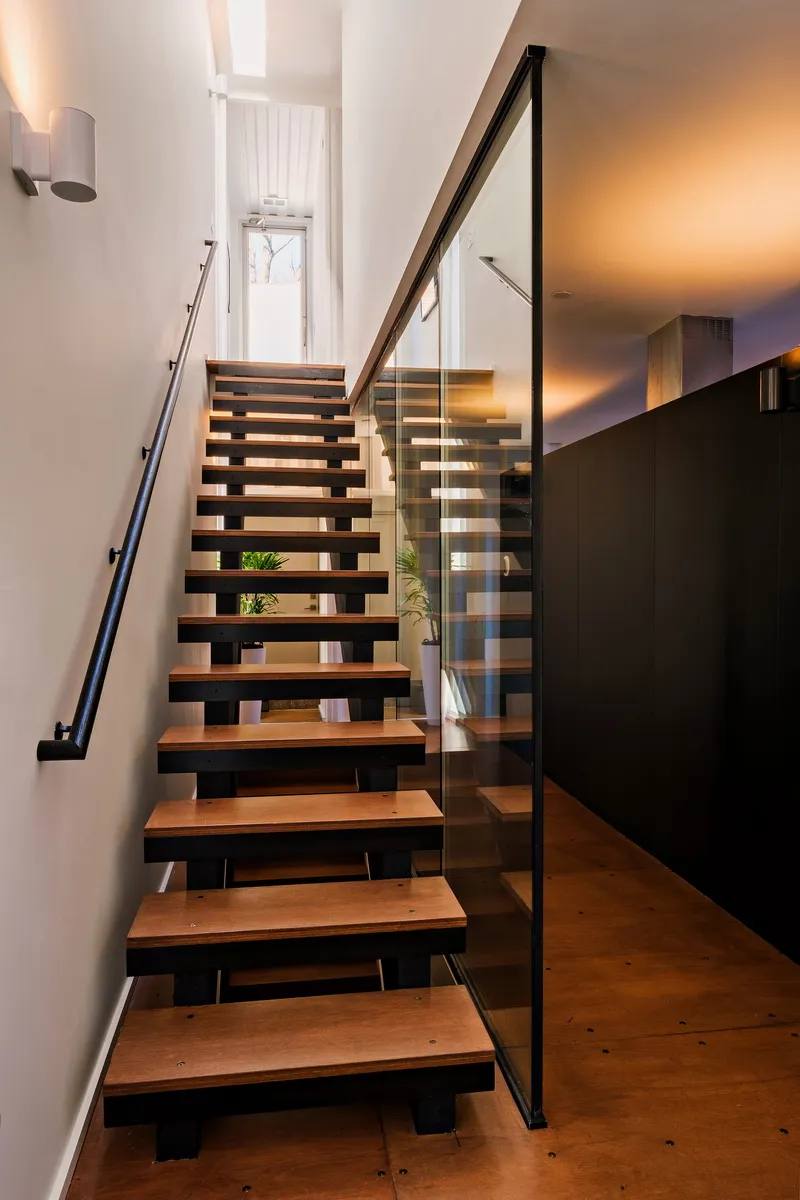
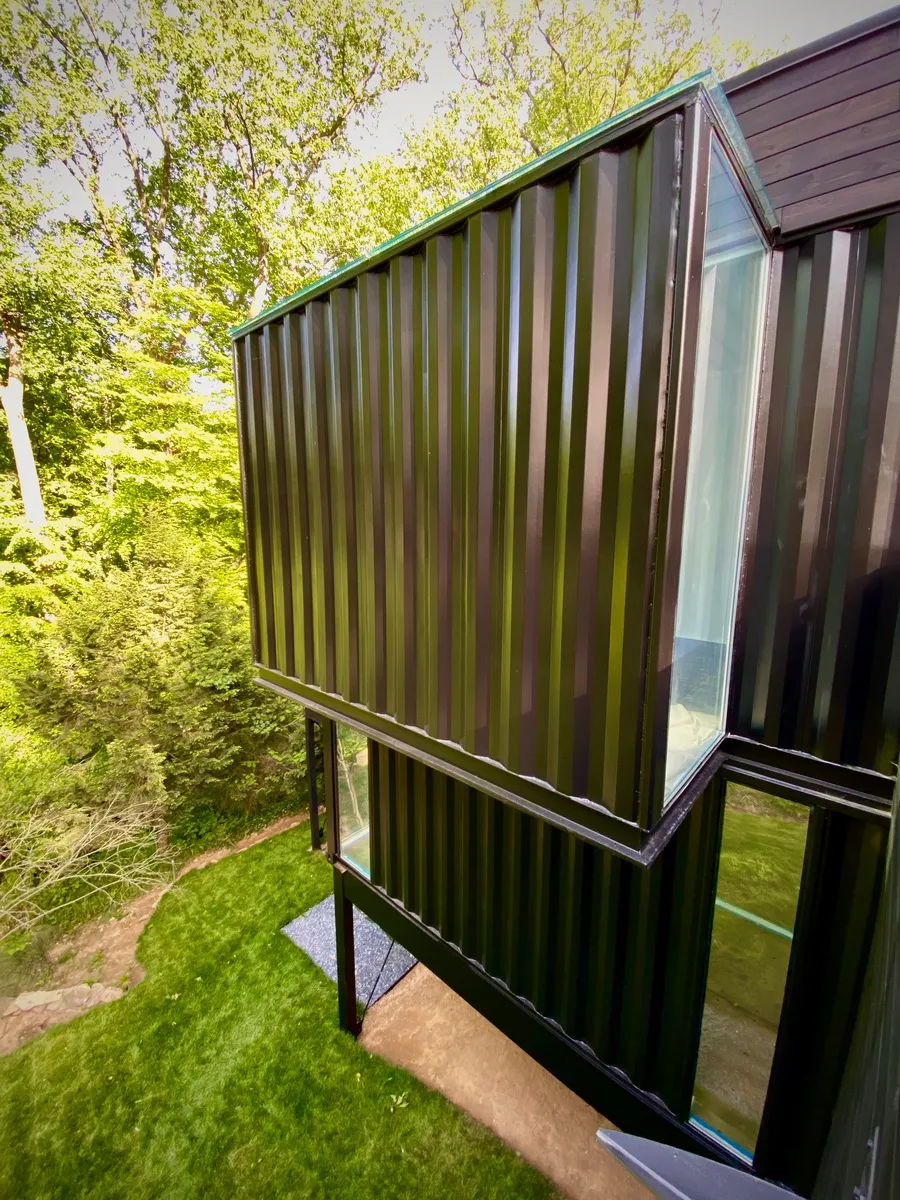
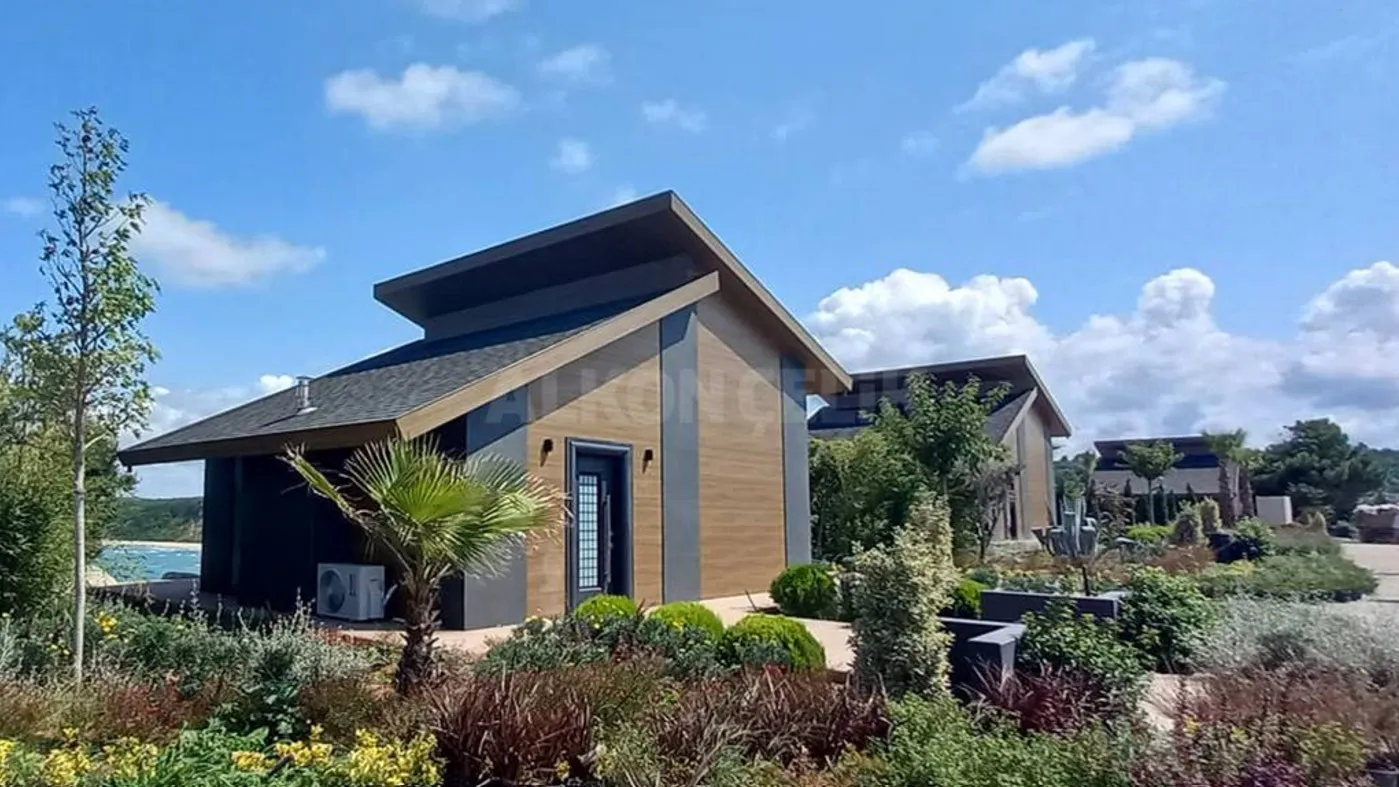
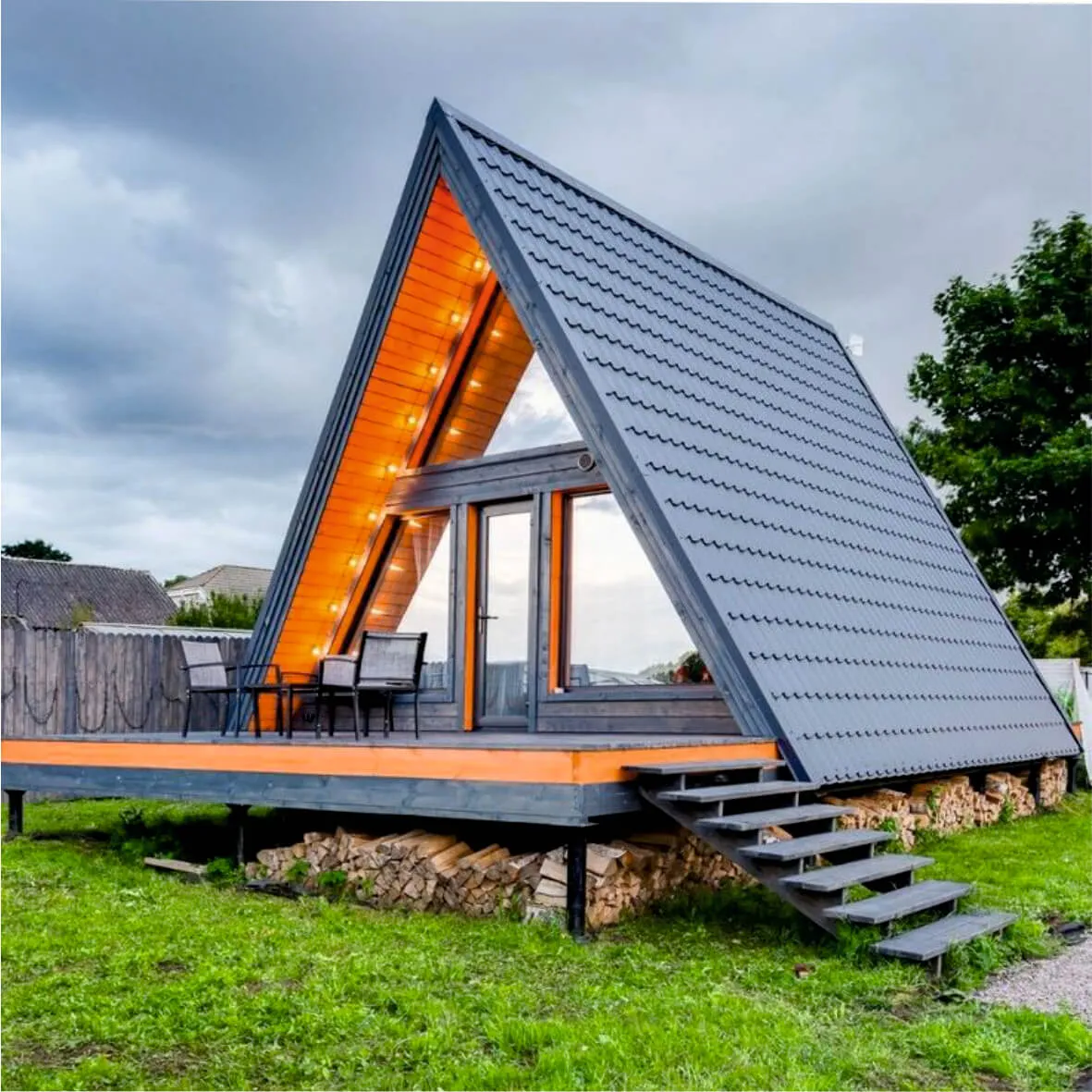
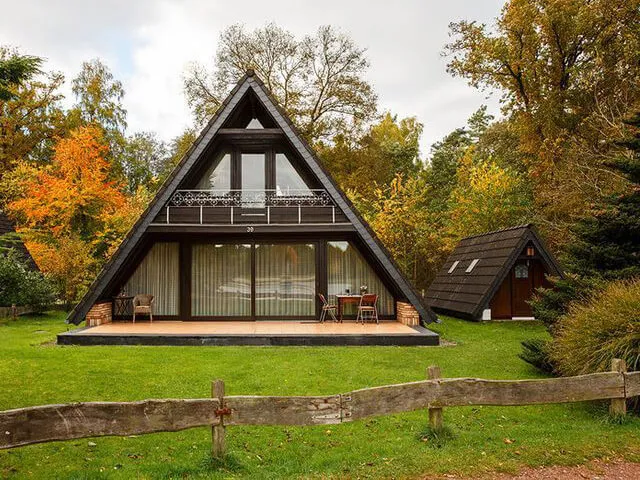
In today’s world, traditional construction methods are being challenged by rising costs, environmental concerns, and the urgent need for fast, flexible housing. Architects, urban planners, and governments are all looking for building solutions that combine speed, sustainability, and affordability without sacrificing comfort or safety. Among these alternatives, Containers Houses have emerged as a truly transformative option.
These structures, crafted from repurposed shipping containers, demonstrate how industrial materials can be redesigned into beautiful and functional living spaces. They are more than just a housing trend; they represent a movement toward efficient, eco-friendly, and accessible modern living. Around the globe, communities are experimenting with modular container living, redefining what it means to own a home, operate an office, or build public facilities.
Containers Houses are modular buildings constructed primarily from used cargo containers, originally designed for the harsh conditions of international shipping. These steel giants are built to withstand storms, saltwater corrosion, and the stresses of transport, making them a highly durable foundation for architecture.
When transformed into residential or commercial spaces, containers undergo an intensive adaptation process. Openings are cut for doors and windows, walls are insulated, plumbing and electrical systems are installed, and interiors are finished with modern materials. The result is a dwelling or workplace that meets contemporary building standards while retaining the industrial strength of its origins.
Globally, people are recognizing that container-based construction is not only practical but also offers creative design possibilities. Entire neighborhoods, schools, and cultural centers have been developed using modular container units. This approach proves that affordable housing can coexist with aesthetics and sustainability.
Traditional brick-and-mortar homes often require years of savings and substantial mortgages. By contrast, Containers Houses reduce construction costs significantly. Repurposed containers are cheaper to source, and the modular approach cuts labor and material expenses. In many cases, a completed container home can cost 40–60% less than a conventional house of similar size.
Time is often a critical factor in construction projects. With container architecture, units can be prefabricated in factories and then transported to the site for rapid assembly. Some small container homes are ready in a matter of weeks. This makes them invaluable for emergency housing, disaster relief, or fast-growing urban populations.
Cargo containers are made from heavy-duty corten steel, designed to endure extreme stress during shipping. This means the structures have natural seismic stability, resistance to strong winds, and fire safety advantages. With proper modification, a container home can last decades.
Recycling shipping containers reduces the demand for new raw materials and prevents thousands of steel boxes from becoming waste. Furthermore, container housing often integrates green technologies such as solar panels, rainwater collection, and energy-efficient insulation. This combination supports global sustainability goals.
Unlike conventional houses, containers can be stacked, arranged, or expanded easily. A single-unit studio can grow into a multi-story family home simply by adding more modules. Architects often highlight container buildings as “living structures” that can evolve with the needs of their owners.
Across major cities and rural communities alike, people are embracing modular container homes as affordable starter houses, student residences, or retirement villas. Custom designs allow homeowners to choose layouts, finishes, and smart-home integrations that rival traditional houses in comfort.
Construction firms, event organizers, and corporations have turned to modular container buildings for site offices, coworking hubs, and even headquarters. The portability of containers means offices can move with projects, saving companies time and money.
Boutique hotels, eco-resorts, and Airbnb entrepreneurs are adopting shipping container houses to offer unique experiences. Imagine a mountain retreat or beachfront villa created from containers—modern, stylish, and eco-friendly.
After natural disasters, modular container buildings provide quick relief by serving as clinics, shelters, or temporary schools. Governments and NGOs often rely on containers to establish safe, low-cost solutions during crises.
Modern container homes are engineered to meet the highest building standards. Common features include:
High-performance insulation for energy efficiency.
Double-glazed windows and secure steel doors for safety.
Durable external coatings that resist fire, corrosion, and weather.
Advanced plumbing and electrical systems designed for urban or rural integration.
Interior customization—from minimalist studios to luxury finishes with full kitchens and bathrooms.
These features ensure that container houses are not only functional but also comfortable and long-lasting.
One of the most appealing aspects of modular container living is its architectural flexibility. Designers around the world experiment with stacking patterns, façade treatments, and interior layouts. Glass walls, rooftop gardens, and wooden cladding can transform an industrial container into a stylish home.
Some of the most innovative designs include multi-story apartment complexes built entirely from containers, urban markets with stacked container stalls, and cultural centers featuring colorful façades. This proves that functionality does not need to compromise beauty.
The ecological benefits of container housing go beyond recycling steel. With the right modifications, these structures achieve impressive energy performance:
Solar panels can power the entire building.
Rainwater harvesting systems reduce reliance on city water.
Natural ventilation strategies minimize air-conditioning needs.
Smart insulation materials maintain stable indoor temperatures.
In addition, modular container construction reduces construction waste compared to traditional building sites. By reusing existing resources, it contributes to the circular economy.
When analyzing cost, container homes are consistently more affordable to build and maintain. Lower construction costs are only the beginning. Energy efficiency reduces monthly utility bills, while durable steel structures require minimal maintenance.
For investors, container-based projects offer excellent returns. Airbnb operators, eco-resorts, and commercial developers see high demand for innovative spaces that stand out in the market.
Europe: In Amsterdam, entire student housing complexes have been built from containers, providing affordable accommodation for thousands of residents.
Africa: NGOs in Kenya and South Africa deploy container clinics and schools in underserved communities.
North America: U.S. cities like Los Angeles and Austin are experimenting with container-based affordable housing programs.
Asia: Japan and South Korea have embraced modular container offices and pop-up retail centers.
These examples highlight the global versatility of container architecture.
1. How long does construction take?
Small modular homes can be ready in weeks, while larger complexes may take a few months.
2. Are they safe and durable?
Yes. Built from corten steel, container houses are naturally strong and resistant to weather extremes.
3. Can they be relocated?
Absolutely. Containers are designed for mobility and can be transported to new sites if required.
4. Are they legal everywhere?
Building codes vary, but with professional guidance, most regions allow container homes under modular housing regulations.
5. How energy efficient can they be?
With proper insulation and renewable energy integration, they can surpass traditional homes in energy efficiency.

Somos un socio de soluciones profesionales en alternativas de productos prefabricados con sistemas de construcción prefabricados, de contenedores, de acero pesado y de acero ligero que fabricamos en nuestras instalaciones de producción de 14.000 m2.


© Pramo Prefabricado | Contenedor | Acero
Construimos sus sueños, damos forma a su futuro con soluciones prefabricadas.